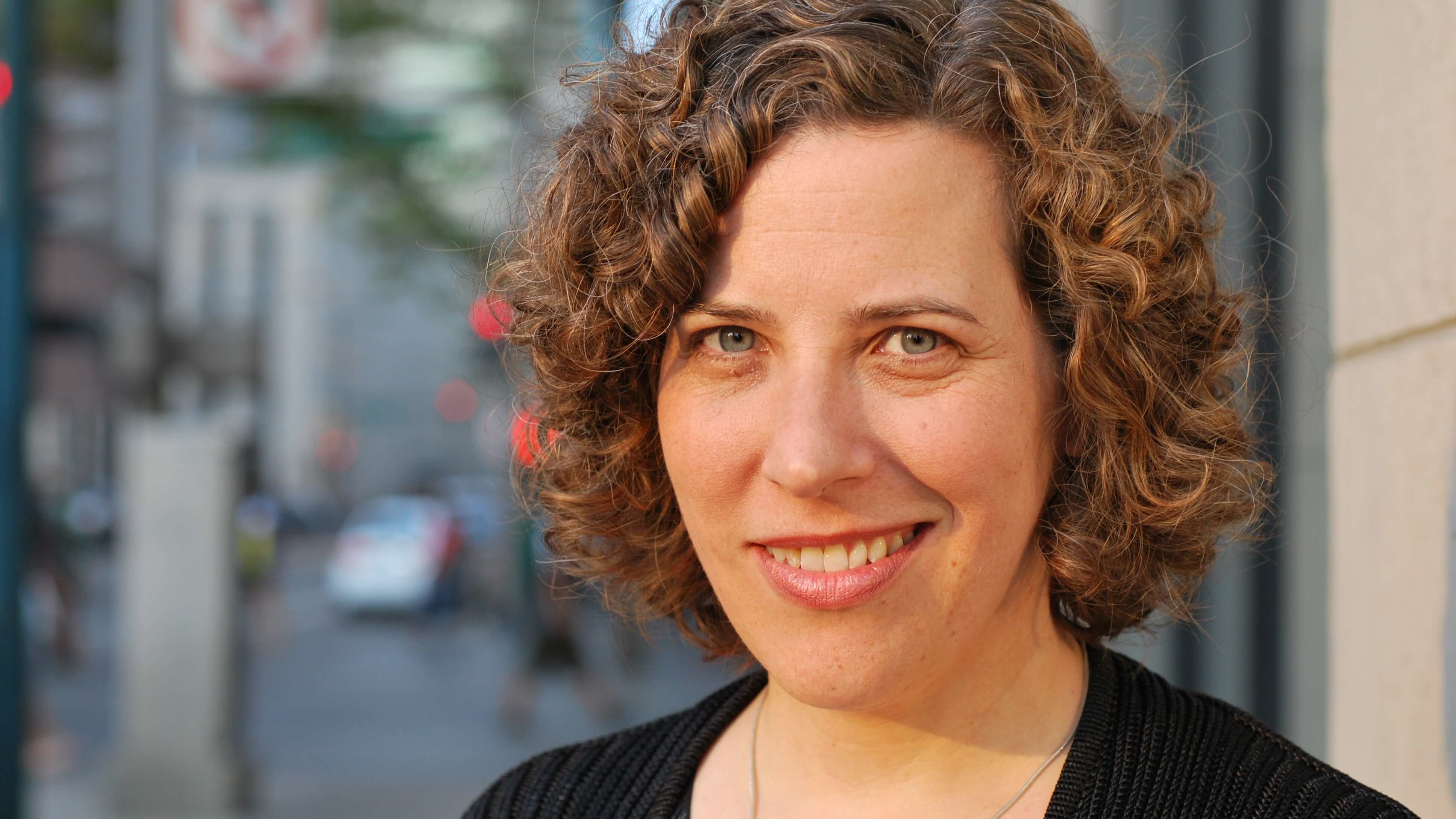Why are women still earning less than men?
Judith A. Levine, poverty scholar and associate professor of sociology, discusses the gender wage gap and the feminization of poverty.

Associate Professor of Sociology Judith A. Levine directs Temple’s Public Policy Lab. Her academic work centers on poverty, poverty policy and employment. In honor of Women’s History Month, we discussed why American women are disproportionately affected by poverty.
Temple Now: Can you explain how poverty is rooted in gender?
Judith A. Levine: The high rates of poverty we see with women, particularly single mothers, is related to the gender pay gap and to women’s unequal responsibility for childcare. The gendered nature of this is referred to as the feminization of poverty.
Single mothers often have sole responsibility for the care of children. It’s extremely difficult to be in the labor market and to advance while having sole responsibility for children. This leads to high poverty rates for single mothers and for children.
TN: What are the key components of this problem?
JL: In America, the gendered nature of poverty is driven by declining marriage rates and women’s sole responsibility for childcare. Most of our peer developed nations have systematic childcare and paid family leave which would help alleviate this problem.
The Family Medical Leave Act passed in 1993 (12 weeks of unpaid leave) only covers about 50% of the labor force. Lots of low-wage, seasonal or part-time workers don’t meet the qualifications for participation.
TN: According to 2019 Census figures, American women make 82.3 cents for every dollar that a man makes. Can you talk about this gender wage gap?
JL: One of the main reasons for the gender wage gap is sex segregation by occupation: the fact that women disproportionately enter certain fields. There’s also a fair amount of pay gap within occupations; in fact men earn more money than women in almost every occupation, even in women-dominated occupations.
This has to do with the difference between occupation and job title. Within an occupation, men tend to do the higher paid jobs. This is the glass ceiling. Another useful, less used term is the glass escalator that elevates men, even in occupations dominated by women.
TN: How do scholars measure the gender wage gap?
JL: The female-to-male earnings ratio is calculated by taking all women workers and their wages and dividing that by all male workers’ wages. This shows the proportion of men’s wages that women earn. The difference between that proportion and 1 (what it would be if women earned the same as men do) is called the wage gap.
TN: How does the wage gap differ for Black, Latinx, queer and trans women?
JL: It’s really important to examine these intersectional forms of inequality because there are such large disparities.
When comparing women and men within race and ethnic groups, white and Asian women have the biggest wage gap because, on average, white and Asian men have the highest earnings. The gap between Black women and men and Latinx women and men is much smaller. But that narrower within-group gap should not necessarily be celebrated. It is more a reflection of the unequal wages by race and ethnicity for both women and men. That 82 cents on a dollar overall masks the disparities of pay by race.
Equal Pay Day was created to bring awareness to the gender wage gap and illustrates how far into the year U.S. women must work to earn what men earned the previous year. This year it is March 24 for women overall. Black women have to work until Aug. 3 and Latinas until Oct. 21 to reach the earnings of white men.
Gaps based on gender identity and sexuality are very complicated to calculate because big data sets with employment and earnings information don’t include these measures.
There is evidence showing great disadvantages for trans women, but there isn’t a lot of good data. This summer’s Supreme Court decision on its interpretation of Title VII has finally brought federal workplace protection for LGBTQ people.
Check out The Public Policy Lab’s interview conducted by Colin Hammar with Professor Leonore Carpenter regarding the Title VII lawsuits in summer 2020 which finally afforded labor rights to transgender people.
TN: How does this gap in wages impact women over a lifetime?
JL: These differences in earnings have such a cumulative effect. For women who work full time, there are estimates of approximately half a million dollars difference over a lifetime.
This impacts public and private retirement benefits as they are all based on earnings. Women have a very different financial future than men and end up with a much smaller nest egg.
TN: Can you talk more about the impact on women with children?
JL: The wage gap between childless women and childless men is much narrower than for all women and all men. The gap is amplified when women start to have children, this is referred to as the motherhood wage penalty.
Fathers receive a fatherhood wage premium. Men who are fathers make more money than men who are not fathers while women who are mothers make less money than women who are not mothers.
This has to do with antiquated heteronormative models of who is the breadwinner of a family. There’s a lot of value given to the role of father and the belief that it equates to responsible professionalism in the workplace.
TN: What are the policy solutions for this problem?
JL: The main things that we need are paid family leave and high-quality systematic childcare for everyone. We also need to adjust our idea of what is “valuable” work and the pay rate attached to that. Nurturing professions characterized by hands-on interactions with clients (social workers, teachers, home health aides, etc.) are considered less important.


